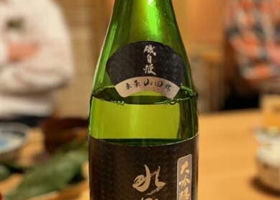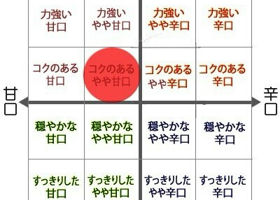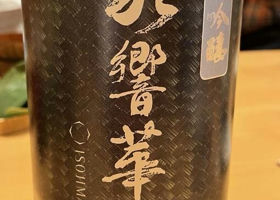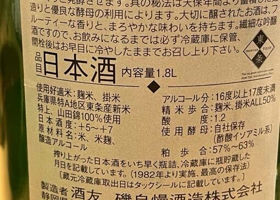



loopy
Here is a chart diagram for my own drinking comparison. I am sure some of you will point out that this is not true! I am sure some of you will point this out to me. I would appreciate it if you could tell me.
(My impression after drinking it)
The ginjo aroma was more fragrant than that of Wakanami, which I drank on the same day, but it was moderate. It has an elegant sweet and sour taste in the mouth. It has an elegant taste with a banana smell brought out by isoamyl acetate. Overall, it is more subdued than Wakanami and is suitable as a food sake. This is the first time I have had an Isobojiman daiginjo, but it is a delicious sake that is just as popular as it is quintessential.
Brewer : Isoban Shuzo (Yaizu City, Shizuoka Prefecture)
Volume: 1,800ml
Brewer : Isoban Shuzo (Yaizu City, Shizuoka Prefecture) Volume : 1,800ml
Rice used: Tojo Tokujo Tokujo rice, Hyogo Prefecture, special A district, Yamadanishiki
Polishing ratio: 50
Yeast used: In-house preserved isoamyl acetate
Acidity: 1.2
Amino acidity: undisclosed
Sake degree: +5 to +7
Price : 5,830 yen for 1,800ml (tax included)
Japanese>English